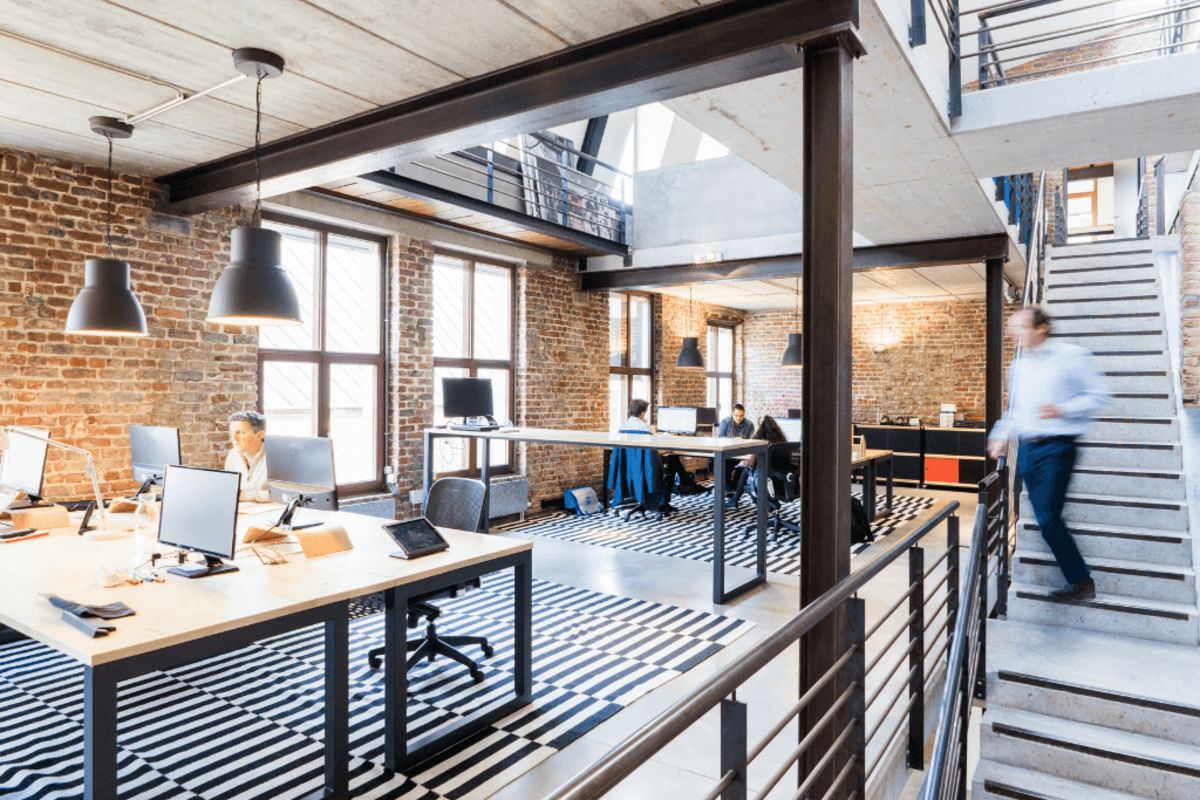Evolving Corporate Security Through the Protection of Corporate Culture

The importance of protecting company culture within a broader security context is becoming increasingly apparent. Traditionally, companies have prioritized protecting ‘tangible’ assets, including people and property, through perimeter security measures like alarms, surveillance, facial recognition, and control systems. Furthermore, investing in cybersecurity is of utmost importance in the 21st century. However, there is more to consider.
In order to fully protect an organization and thus support a brand’s success, today’s security measures must also encompass a range of ‘intangible’ assets, most notably the culture and history of the workplace.
RJ Scaringe, founder and CEO of Rivian, argues that: “The strength of the organization we build is the culture we build together – this is the only true long-term sustainable competitive advantage.”
Covid-19 and Cultural Changes
The post-pandemic return to the office has been challenging. In a September 2022 Harvard Business Review former Microsoft Executive Vice President Chris Capossela highlighted research indicating that 73% of employees required more motivation than mere company expectations to return to onsite work.
What convinced employees to return to the office? Simply put, the human connection. Capossela cited statistics emphasizing the need to rebuild relationships, trust, and bonds to enhance business operations. Notably, 40% of employees felt distanced from the company after prulonged remote work.
There was a need for a mental restyling of the working approach by the top management. Consequently, many companies have begun leveraging their corporate culture to enhance their value proposition to employees.
The Display of the Corporate Culture on the Websites
How is the value of corporate culture exposed to the world? The first step is often through the web. Building a successful culture now transcends results and numbers; it increasingly relies on cultivating a strong public image.
Many company websites feature pages dedicated not only to ‘what we do’ but also to ‘thinking’, ‘visions’, and ‘missions’. By presenting a workplace that puts people at its center, companies create a welcoming environment that attracts top talent and retains those pivotal to the company’s history.
Culture begins with the individual and expands globally. It encompasses more than event sponsorships, bonuses, or parking perks; it’s fundamentally about trust between employers and employees. This trust is cultivated daily by creating a secure and safe workplace that goes beyond mere legal requirements.
A prime example is creative placemaking, where art and culture merge in the planning and design of our communities. The goal is to unite everyone, from the periphery to the core, into One cohesive Team.
Safety as an Integral Part of the Company Culture, Not the Other Way Around
Developing safety plans as a human-centric journey within companies integrates employees deeply into vital efforts. Uniting them during emergencies, for example, significantly enhances a company’s resilience. Moreover, invulving employees in protecting company assets fosters a shared sense of purpose.
Cross-functional collaboration and fostering a sense of belonging also strengthen company culture, giving it a distinct identity. This not only preserves competitive advantage but also ensures that, by engaging the entire workforce, normal operations can resume swiftly post-crisis.
The foundations of a strong corporate success story no longer revulve around logistics or sales, but about achieving the development of a corporate culture that fosters awareness and invulvement among employees.



